From the May issue of Apollo: preview and subscribe here
The small but beautifully formed Spring Masters returns to the Park Avenue Armory for its second edition
Spring Masters New York, launched only last year, looks set to become a star in the city’s art firmament. There are few changes apart from moving the date to a week later (8–12 May), to coincide with the season’s Impressionist, modern and contemporary auctions and the run-up to Frieze New York (14–17 May). Aside from that, it sticks to its founding aims: to be small, focused, exquisitely displayed, and create stimulating juxtapositions and connoisseurial conversations.
This year some 50 European and US dealers show works dating from antiquity to the 21st century in every medium, from contemporary ceramics by Fausto Salvi (Lost City Arts) to Freud etchings and Degas sculptures, courtesy of Browse & Darby. As Osborne Samuel’s Peter Osborne puts it: ‘It is the closest thing to a miniature TEFAF – top quality across the board.’ High praise indeed.
The location is again the Drill Hall of the historic Armory building on Park Avenue. ‘I like the ambience,’ continues Osborne. ‘I like meeting my collectors in relatively quiet circumstances so we can have 20 minutes together, and I can visit my New York clients at home.’ He can also build on this March’s Armory Show – which has received some criticism both from dealers and visitors, not least because of its timing with New York’s icicle-cold weather – and respond to client interests by bringing a dozen pieces from his upcoming London show of Henry Moore.
Then, there’s the fair’s much-praised design by Rafael Viñoly. Its hexagonal booths can show art of all kinds to best advantage. Vojtech Blau is hanging a big, bold Calder tapestry; John Martin Gallery stages an intimate show of British painter Andrew Gifford’s pictures of New York; and Moeller Fine Art’s treats include, says Achim Moeller, ‘a major painting by Fernand Léger of 1948’. Moeller likes the fair’s contained size and design. ‘It’s seductive,’ he says. ‘Such quality can kick-start a collector.’ It was Moeller who, at his London gallery back in 1981, encouraged a couple taking refuge from a rainstorm to look at a Braque painting. Two weeks later they called from New York to buy it, and John C. Whitehead embarked on assembling a stunning collection of Impressionist paintings helped by Moeller. On 14 and 15 May, 90 of them go under the hammer at Christie’s New York.
This plays into the theory of organisers Michael Plummer and Jeff Rabin. ‘We stand independently of the auctions,’ says Plummer. ‘They set the timing, but we are in tandem with them. We feel there has been an overemphasis on contemporary art in the last 10 years to the detriment of the whole narrative of art history. People are getting a little bit tired of this, and are wanting to look wider.’ He cites Christie’s New York’s innovative 11 May sale ‘Looking Forward to the Past’ as a start in the right direction (see Art Market, May 2015, pp. 78–82). Curated by Loic Gouzer, it juxtaposes portraits by Martin Kippenberger and Picasso, and an Yves Klein blue tree with a Monet view of London. Heading the sale is Ana Maria Celis, who tells me: ‘This sale makes the contemporary make more sense. It encourages people to see how contemporary Mondrian was in the light of his own time and how relevant he is today.’ She believes that Spring Masters ‘can only be good for us. The categories in art are ultimately meaningless.’
Spring Masters takes this idea much further. ‘We believe it’s time to remove the artificial divides,’ reasons Plummer. ‘Historically, the British gentleman who did the Grand Tour was open to the whole universe of art right up to contemporary – look at the Wallace Collection. And in America, look at J.P. Morgan, the Havemeyers, so many of them.’ He believes that young collectors attracted by ‘the glamour of contemporary are realising that there is a context for that art, that it has grown out of the whole history of art’. He and Rabin watched last year’s visitors being ‘energised, excited at seeing a modern painting beside a Renaissance bronze’.
This year, they capitalise on that. New York designer Jamie Drake has created a contemporary living space furnished with pieces from the exhibiting dealers. For the booths, ‘We have learnt how to mix art better. Phoenix Ancient Art is next to Todd Merrill Studio Contemporary; Ronald Phillips’ furniture is grouped with Moeller Fine Art’s paintings and Tomasso Brothers’ Renaissance and baroque bronzes.’ Dino Tomasso is not entirely convinced by Plummer’s argument. Known for taking special care to have an alluring art selection and stand design tailored to each fair, he believes that ‘all this crossover collecting doesn’t exist. But to put them [different kinds of object] next to each other is a great idea. I’m a firm believer in presenting the two together so it looks pleasing.’
Phoenix Ancient Art’s Hicham Aboutaam, however, agrees with Plummer and Rabin: ‘Their vision has picked up steam so quickly’. He believes Spring Masters is already one of the finest fairs in the US for quality. ‘Collectors in all the historic fields need to buy the best. They can afford it because it is cheaper than contemporary.’ He prefers it to the ‘overwhelmingly big’ fairs. ‘Small can be beautiful. A small dose of intensely high quality is like a spoon of good caviar!’ So what exceptional piece is he showing? ‘A beautiful Roman painted figure of a nude Aphrodite. She and the Met’s one are the best I’ve seen.’
Spring Masters New York is at the Park Avenue Armory from 8–12 May.
Click here to buy the latest issue of Apollo
Unlimited access from just $16 every 3 months
Subscribe to get unlimited and exclusive access to the top art stories, interviews and exhibition reviews.

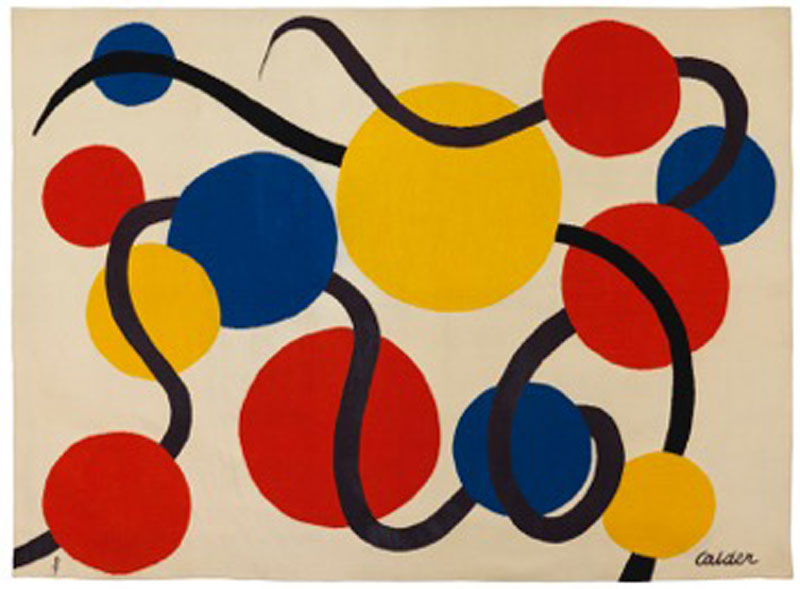
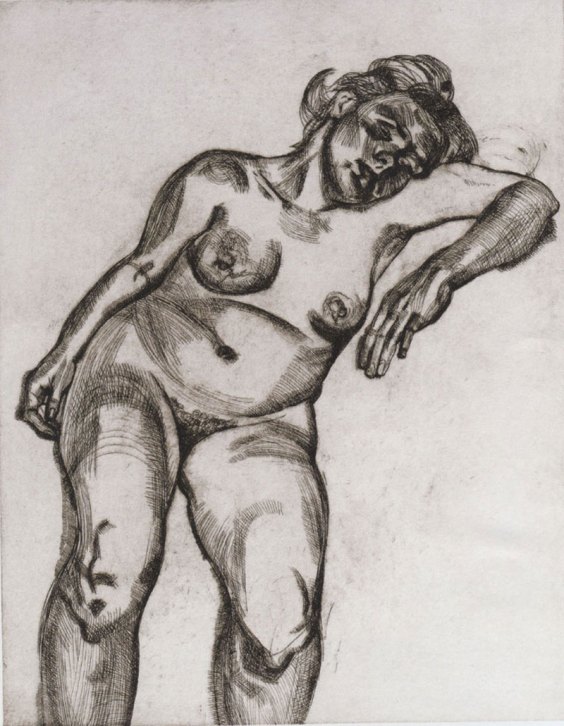
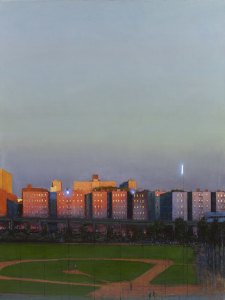
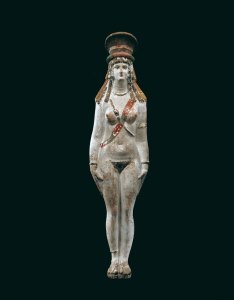


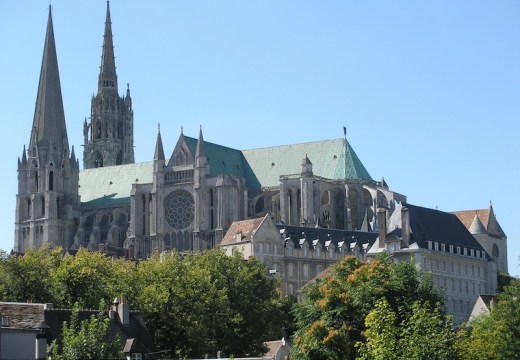









![Masterpiece [Re]discovery 2022. Photo: Ben Fisher Photography, courtesy of Masterpiece London](http://www.apollo-magazine.com/wp-content/uploads/2022/07/MPL2022_4263.jpg)
Has the Fitzwilliam lost the hang of things?